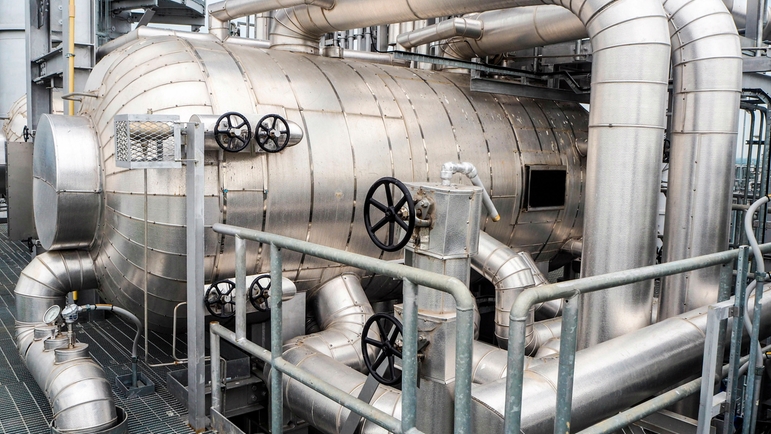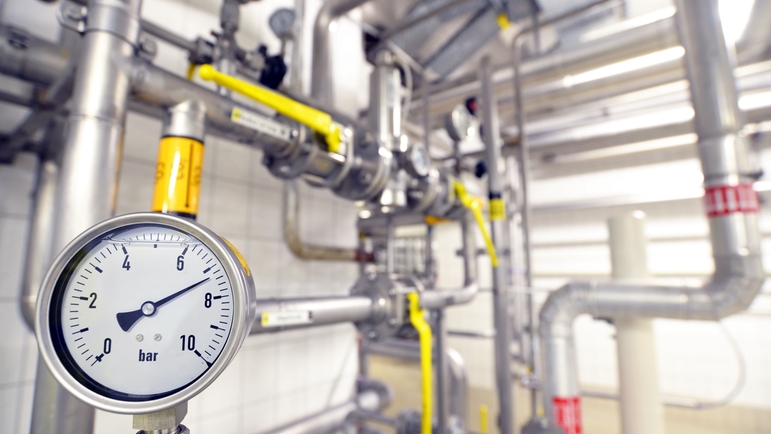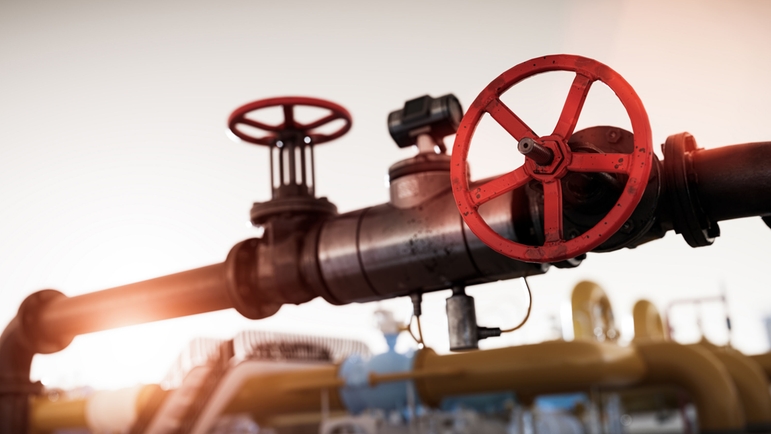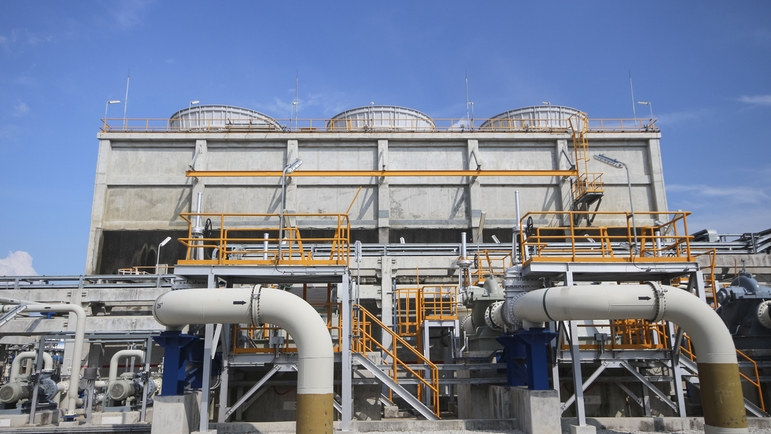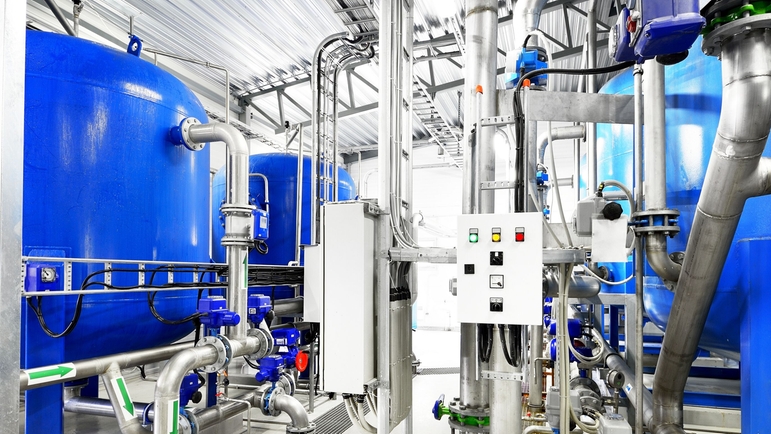Fundamental Selection benefits for utility instrumentation
How instrumentation can improve efficiency and reduce costs in utility services
Process plants typically need five key utility services for their core processes – steam, compressed air, heating, cooling, and industrial gases. Their efficiency and performance can be improved with data from suitable flow, temperature, pressure, level and analytical instruments. Sometimes these must be sophisticated, but often, more basic, easily-used, lower-cost products will suffice. Either way, Endress+Hauser offers many instrument types to meet all applications and requirements.
Benefits
Steam is often used on a large scale, with energy content approximately 500 times that of hot water. Continuous steam heat quantity monitoring, accurate enough to spot individual losses, can optimize energy efficiency.
Compressed air generation loses up to 95% energy as waste heat, while up to 30% of a generator’s air output is lost to leakage. However, these figures can be mitigated by up to 10% with appropriate measurements.
Boilers and furnaces with inefficient combustion, incorrect operation and poor maintenance typically exhibit high energy losses, as do other parts of the heating circuit. Suitable instrumentation can cut energy consumption by up to 55%.
Cooling consumes 10% more energy that heating. An ISO 50001 energy management system can help identify a cooling system’s ideal operating point. This can be supported by multiple instrument types capturing numerous EnPI energy performance indicators.
The process industry uses industrial gases in vast quantities, so energy efficiency is essential. This can be achieved if total consumption measurement is complemented by flow, temperature, and pressure instrumentation.
Benefits of Endress+Hauser Fundamental and other instruments
The Picomag is a smart, economical electromagnetic flowmeter for many utility applications in all industries with conductive liquids. Applications include water treatment and cooling, and water flow measurement in utility heating or cooling circuits, especially for water conductivity over 5 μS/cm. The Picomag reduces the number of measuring points necessary as it monitors process conductivity and temperature together with flow. It is a compact device, with sensor and transmitter in one housing.
Compact temperature and pressure sensors
The iTHERM CompactLine TM311 is a compact 4-wire Pt100 thermometer for optimal measurement of water, air and gas temperatures in heating and cooling utilities. The iTHERM ModuLine TM101 and TM121 are basic sensors offering reliable temperature measurement.
The Cerabar PMC21 and PMP21 measure both gauge and absolute pressure cost-effectively, with 100mbar-40bar and 400bar-400mBar ranges respectively.
The Cerabar PMP11 and PMC11 are compact, cost-effective gauge pressure transmitters.
Easy to use level measurement and liquid analysis
The Liquiphant FTL31 compact point level switch is for liquids. Radar-based Micropilot FMR10 offers continuous non-contact level measurement. Liquipoint FTW31 offers simple, safe point level detection. Waterpilot FMX21 performs hydrostatic level measurement reliably; Waterpilot FMX11 is a simple, reliable freshwater level probe.
The Liquiline CM14 transmitter, or simple compact alternative Liquiline Compact CM72, with sensors like Memosens CPL51E, measure pH/ORP, conductivity or dissolved oxygen.


